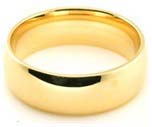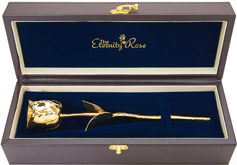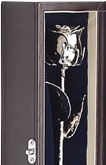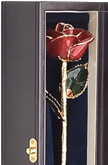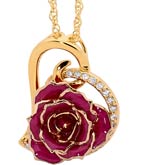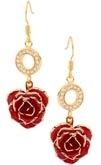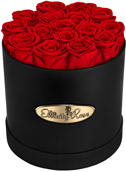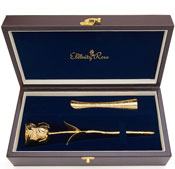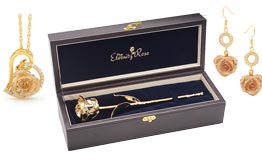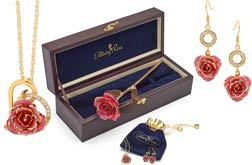How does White Gold Become White and Rose Gold Become Rose?
In general, there is little disparity between gold alloys. Simply, they are gold, but other metals have been added to modify the colour. This occurs for white gold and rose gold.
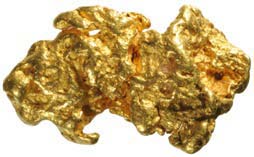
When nickel or palladium is mixed with gold, it forms white gold. To create 18k white gold, the combination of 5.5% zinc, 2.2% copper and 17.3% nickel is required. 9 karat white gold is created with a blend of 62.5% silver.
To create rose gold, gold and copper are mixed, as copper is naturally reddish in colour. Rose gold products can differ a lot in terms of the depths of the shade, based on the quantity of copper that is mixed with gold. When copper is high in quantity, a more reddish shade is achieved.
Purity of gold is measured in karats. A single karat is essentially 1/24 gold. This therefore means that 9k gold will be 9/24, which is equal to 37.5% gold. Comparatively, 14k gold = 14/24 = 58.3%, and 18k gold = 18/24 = 75% gold.
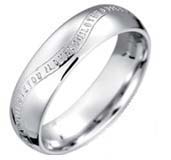
Therefore, when it comes to comparison of the ‘whiteness factor’, 9k white gold is ‘more white’ than 14k white gold, which in turn, is more white than 18k white gold. This is attributed to the fact that less gold is incorporated into 9k vs 14k and 18k white gold. It is therefore not unusual to see 14k and 18k white gold as having some yellow tinges to the colour in contrast to 9k white gold.
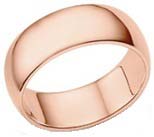
Properties of gold differ a lot based on the quantities and types of metals which have been included in the blend. When you mix nickel and gold, it becomes very hard, perfect for rings. By combining gold with a softer metal like palladium, it becomes perfect for setting gemstones where a more flexible gold alloy is preferred.
An essential factor to know about white gold and rose gold concerns their need to be combined with other various metals to create their colour. It is therefore impossible to achieve pure (24 karat) white or rose gold.
There are some strange alloys of gold that come about by mixing iron, silver or aluminium with gold. These mixtures result in red, purple or even green gold. Whilst these types are very rare, they do exist.
